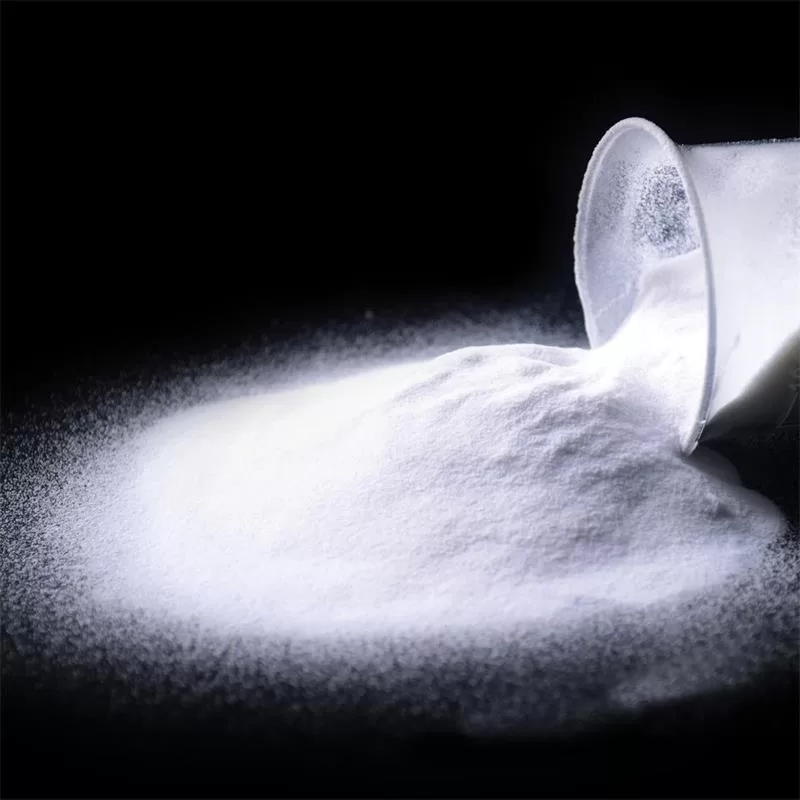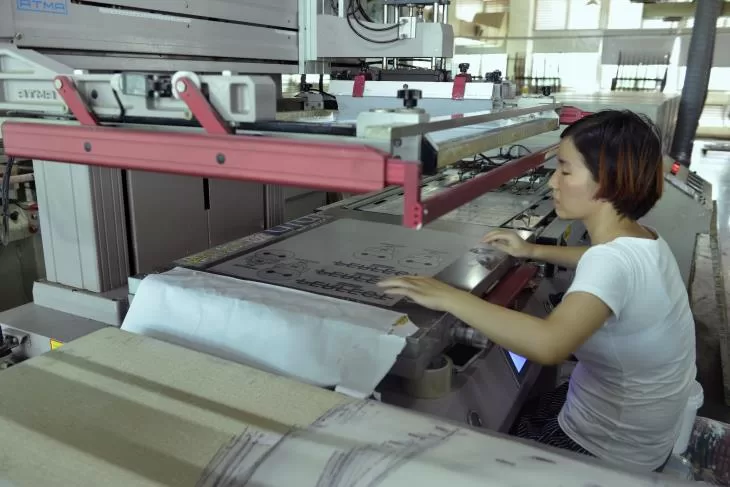In the dynamic world of printing, efficiency and precision are paramount. To meet the demands of high-volume production and ensure consistent results, screen printers have become a vital tool in various industries. In this article, we will introduce you to the two popular types of screen printers: fully automatic and semi-automatic. Whether you are a large-scale manufacturer or a small business, understanding the capabilities and advantages of each can help you optimize your printing process and achieve exceptional results.

Fully Auto Screen Printer:
Fully automatic screen printers are advanced machines designed to streamline the printing process, offering maximum efficiency and precision. Key features and benefits include:
a) High-Speed Production: Fully auto screen printers excel at handling large volumes of printing tasks with incredible speed. They often come equipped with sophisticated robotics and servo-driven systems, allowing for quick setup, precise registration, and rapid printing cycles.
b) Automated Processes: These printers automate critical tasks such as substrate loading and unloading, screen alignment, ink application, and squeegee control. By eliminating manual interventions, they minimize the potential for human errors, ensuring consistent quality throughout the production run.
c) Advanced Controls: Fully auto screen printers often incorporate advanced control systems, including touch-screen interfaces, programmable settings, and real-time monitoring. These features provide operators with enhanced control, easy adjustment, and quick troubleshooting, resulting in optimized production efficiency.
d) Versatile Applications: Fully auto screen printers are highly versatile, accommodating a wide range of substrates, including textiles, plastics, metals, glass, and more. They are suitable for various industries, including electronics, automotive, signage, and packaging.

Semi-Auto Screen Printer:
Semi-automatic screen printers offer a balance between automation and manual control, making them ideal for smaller-scale operations and customized printing requirements. Key features and benefits include:
a) Ease of Operation: Semi-auto screen printers are user-friendly and require minimal training to operate. They offer intuitive controls, allowing operators to manually load and position substrates, apply ink, and control printing parameters.
b) Flexibility and Customization: These printers are well-suited for small-batch production and specialized printing applications. They provide the flexibility to adjust printing parameters, change substrates quickly, and accommodate unique design requirements.
c) Cost-Effectiveness: Semi-auto screen printers offer a more affordable investment compared to fully automatic models, making them a practical choice for businesses with lower production volumes or budget constraints. They provide a cost-effective solution for high-quality printing without compromising efficiency.
d) Versatile Printing Capabilities: Semi-auto screen printers can handle various print sizes, from small designs to larger formats. They are compatible with different ink types and can print on a wide range of substrates, including textiles, paper, plastics, and more.
Conclusion:
Whether you require high-speed production and maximum automation or flexibility and customization, choosing the right screen printer is essential for optimizing your printing process. Fully auto screen printers excel in large-scale, high-volume production, offering speed, precision, and advanced controls. On the other hand, semi-auto screen printers provide the versatility and cost-effectiveness needed for smaller-scale operations and specialized printing applications. By understanding the capabilities and advantages of fully automatic and semi-automatic screen printers, you can make an informed decision that aligns with your specific printing needs, enhancing efficiency, quality, and overall productivity.
